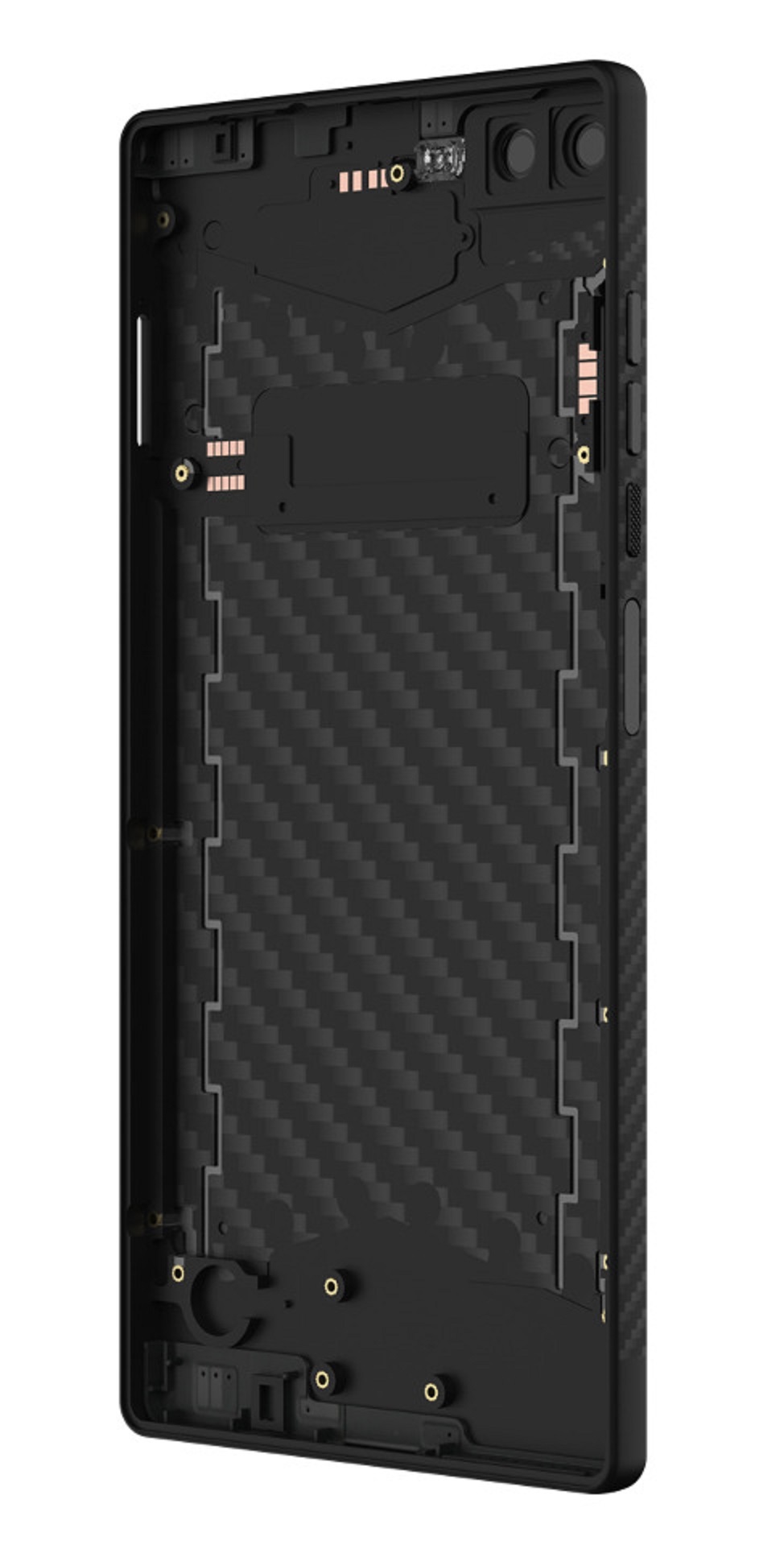
Lanxess reports that a smartphone made of its thermoplastic composite has been launched.
According to the company, Carbon Mobile’s Carbon 1 MK II housing is made with Lanxess Tepex dynalite, reinforced with fine 1K continuous carbon fiber filaments.
Because carbon fibers block radio signals, connected devices made of the material have been viewed as an impossibility by the tech industry, the company said. However, Carbon Mobile’s engineers have developed Hybrid Radio Enabled Composite Material (HyRECM) technology that can reportedly fuse carbon fibers together with a complementary composite material capable of RF signal permeation. To boost the devices connectivity, a 3D-printed conductive ink is integrated into the carbon fiber structure.
Lanxess says that the housing, designed as a single shell, is also thin and light, weighing 125 grams, a third lighter than conventional smartphones. It is also 25% thinner as well at 6.3 mm.
‘Our composite material, which we developed for extremely lightweight components subjected to considerable mechanical stress, does more than just allow exceptionally thin wall thicknesses,’ said Philipp Genders, application director at Lanxess. ‘In fact, with its high degree of strength and rigidity, it also helps to make the housing very robust for day-to-day use.’
The phone housing is also made with less than 5% plastic and can be recycled and repurposed for new uses, the company said. ‘Like all products in the Tepex dynalite product line, it can be shredded and then processed on standard injection-molding machines to make high-quality components, either by itself or mixed with suitable new material,’ added Genders. To extend the service life of the smartphone, all its components are designed to be easily replaceable for repair purpose, which also prevents electronic waste from being created.
This story uses material from Lanxess, with editorial changes made by Materials Today. The views expressed in this article do not necessarily represent those of Elsevier.





